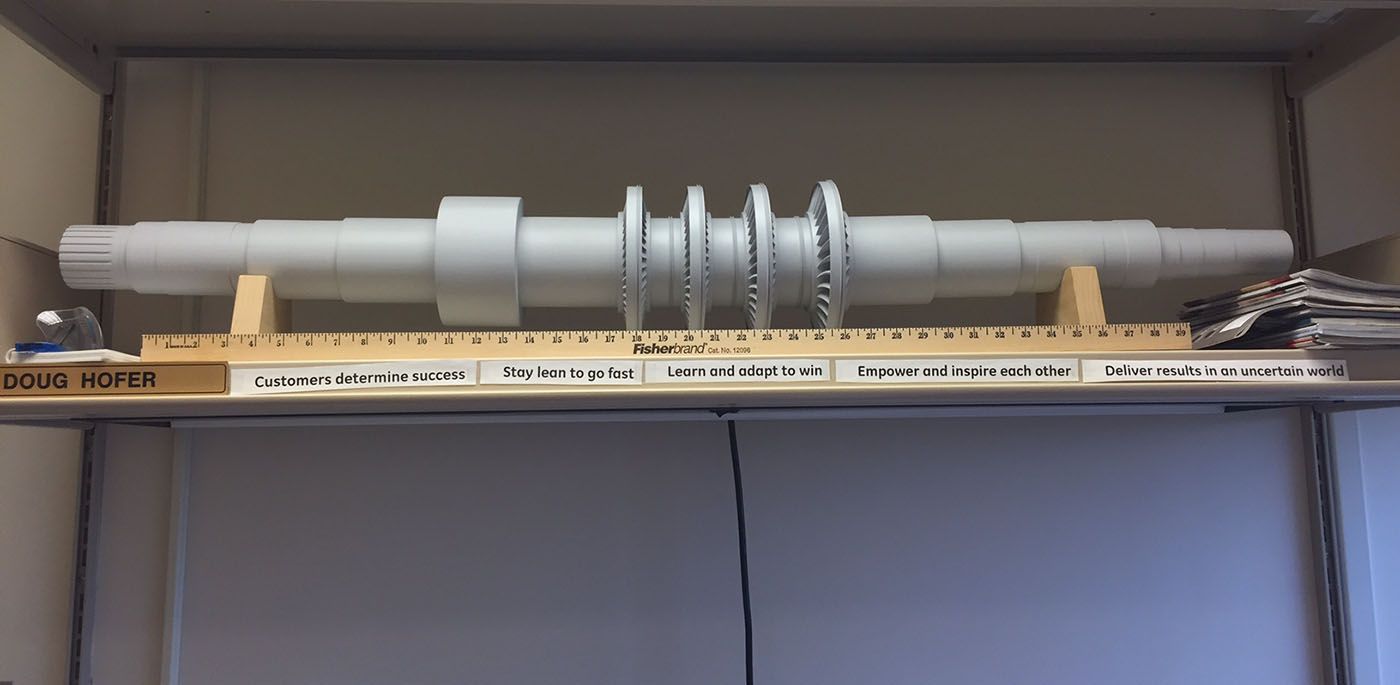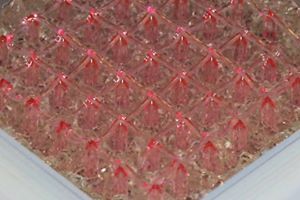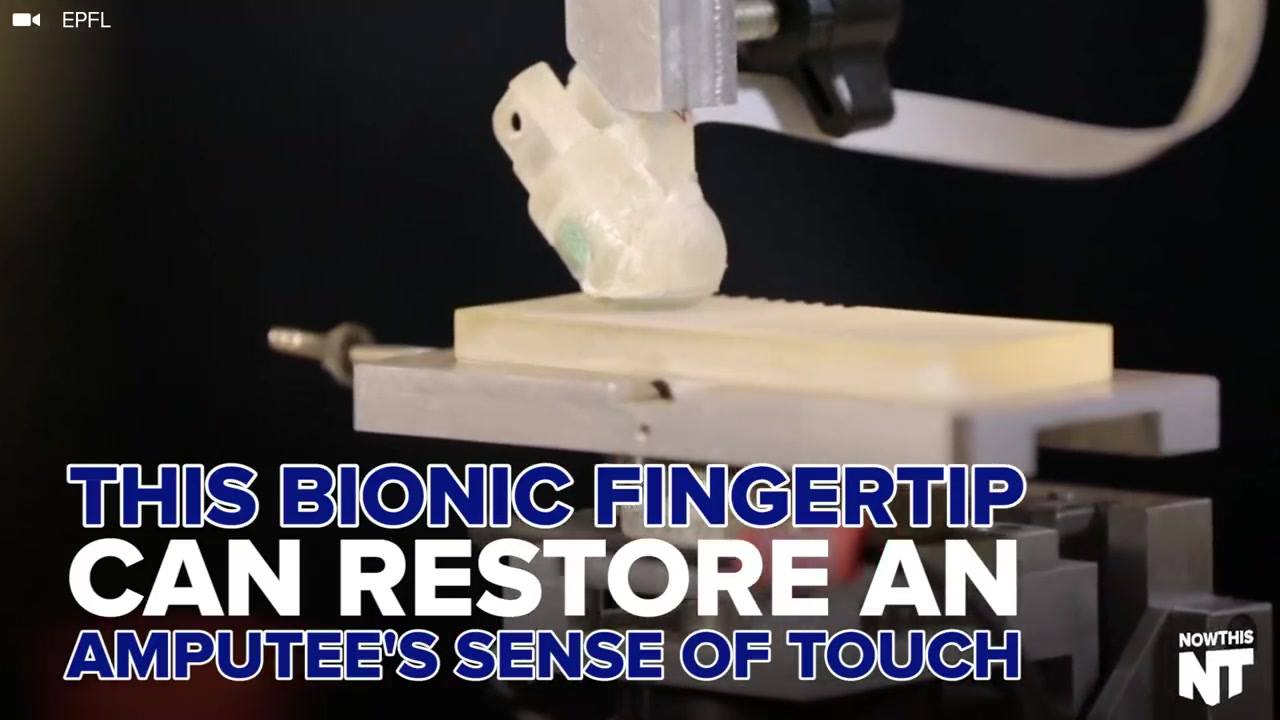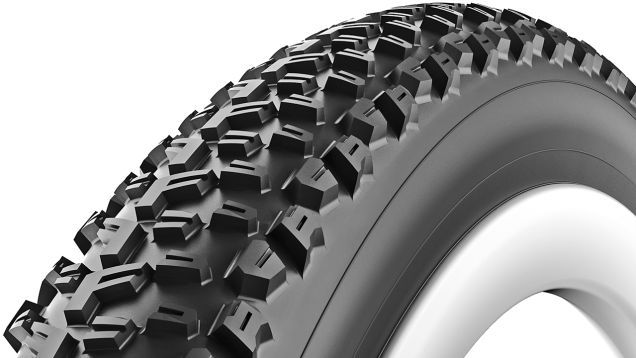Page 11359
Mar 10, 2016
AstroPubls: Publications by Robert Freitas
Posted by Montie Adkins in categories: life extension, neuroscience
The preview image below thanks Robert Bradbury(no not Ray Bradbury) who is no longer with us but you can find his work concerning Matrioshka Brains and he has a great life extension lecture on youtube.
The author greatly appreciates and thanks Robert J. Bradbury for doing the painstaking and often tedious original html coding job for 25 of these papers, among the many linked papers cited on this page.
Last updated on 6 July 2013.
Mar 10, 2016
Puzzle game launched to help program quantum computers
Posted by Shailesh Prasad in categories: computing, entertainment, quantum physics
Researchers developing large-scale quantum computers hope that playing a video game will provide the solutions they need to program their advanced machines.
Mar 10, 2016
Horizon Media Study Finds Two Thirds of Americans Unaware of Virtual Reality Devices
Posted by Karen Hurst in categories: neuroscience, virtual reality
The realities of VR.
NEW YORK, March 7, 2016 /PRNewswire/ — Horizon Media, the largest and fastest growing privately held media services agency in the world, announced today its most recent research on consumer interest in virtual reality devices. The research was fielded in Finger on the Pulse, the agency’s proprietary online research community comprised of 3,000 people reflective of the U.S. population, and with the social media expertise of Horizon’s Distillery social intelligence team. The research shows that despite extensive media coverage of Oculus Rift, Samsung Gear VR, Google Cardboard and other virtual reality devices, fully two thirds of consumers are unaware of the technology.
Virtual reality – often referred to as “VR” – has been readily embraced by the mainstream media as the shiny, new, technological advancement. Marketers are also understandably excited about the possibilities unleashed by VR technology. But while there is interest among consumers, the survey findings suggest that companies would be well served to walk before they run when incorporating virtual reality activations into marketing plans, at least until the technology reaches greater awareness and scale.
Mar 9, 2016
GE wants to use CO2 pollution to make huge solar batteries
Posted by Shailesh Prasad in categories: habitats, solar power, sustainability
Two big problems have been vexing environmental scientists for decades: How to store solar energy for later use, and what to do with CO2 that’s been captured and sequestered from coal plants? Scientists from General Electric (GE) could solve both those problems at once by using CO2 as a giant “battery” to hold excess energy. The idea is to use solar power from mirrors to heat salt with a concentrated mirror array like the one at the Ivanpah solar plant in California. Meanwhile, CO2 stored underground from, say, a coal plant is cooled to a solid dry ice state using excess grid power.
When extra electricity is needed at peak times, especially after the sun goes down, the heated salt can be tapped to warm up the solid CO2 to a “supercritical” state between a gas and solid. It’s then funneled into purpose built turbines (from GE, naturally) which can rapidly generate power. The final “sunrotor” design (a prototype is shown below) would be able to generate enough energy to power 100,000 homes, according to GE.

Continue reading “GE wants to use CO2 pollution to make huge solar batteries” »
Mar 9, 2016
Can chocolate make you smarter? (And thinner? And healthier?)
Posted by Shailesh Prasad in categories: health, neuroscience
A new study claims chocolate can improve cognitive performance – joining research that indicates it can prevent heart attacks and help you lose weight. But dig a little deeper and all is not what it seems …
Mar 9, 2016
Here’s Magic Leap’s Covert Vision for Its Augmented Reality Headsets
Posted by Klaus Baldauf in categories: augmented reality, virtual reality
You may have heard of Magic Leap, future purveyors of “cinematic reality” (augmented reality) headsets. This is a company without a single commercial product, and yet it’s worth $4.5 billion. Many are invigorated by the company’s potential, but a tour of its most recent, 160,000-word, 350-page patent application — especially with current events in mind — could suggest other, less exciting applications for the emerging technology.
No one really knows what to expect from the company: by design, it’s mysterious. (Out of silence comes allure.) We’ve seen two videos, we’ve investigated its job postings, and we know that wealthy organizations love throwing money its way. But we do have access to Magic Leap’s patent applications, and it published its most recent one in late January.
People are excited about VR and AR. With reason, too: the demos, previews, and new releases we get to watch are striking. The games we imagine playing in the future are enthralling. The mere idea of a virtual or augmented world, either distinct from or mixed with the actual (boring, depressing, what-have-you) world, is enough to invigorate all of our wayward souls.
Continue reading “Here’s Magic Leap’s Covert Vision for Its Augmented Reality Headsets” »
Mar 9, 2016
Scientists use stem cells to grow ‘living lens’ in eye and cure cataracts
Posted by Shailesh Prasad in categories: biotech/medical, innovation
Cataracts can be cured by regrowing the lens in the eye using stem cells, a breakthrough hailed as ‘remarkable’ by scientists.
Mar 9, 2016
This bionic fingertip can restore the sense of touch for amputees
Posted by Shailesh Prasad in categories: cyborgs, transhumanism
Mar 9, 2016
Graphene-Infused Bike Tires Automatically Get Softer While Cornering For Better Grip
Posted by Shailesh Prasad in categories: materials, particle physics, robotics/AI
Graphene, that atomic-scale super material that promises to revolutionize everything from batteries to robots, is already improving the cycling world. Vittoria’s new graphene-infused Mezcal and Morsa bike tires are lightweight, thin, grippy, and everything a cyclist wants in a tire without any tradeoffs.
Choosing what tires to put on your bike usually depends on the conditions in which you’ll be riding. Larger tires provide better grip and durability, but add weight to a bike, while smaller tires are lighter and sleeker but wear out faster and provide minimal traction.
But by adding graphene—that wonder new material made of carbon atoms arranged in a strong honeycomb pattern—Vittoria’s new G+, or Graphene Plus, tires exhibit wonderful new properties. When riding on straightaways, the dual-layer makeup of the G+ tires allows them to remain firm for lower rolling resistance and added speed. But when a cyclist is braking or cornering, the tires get soft for added traction and grip.

















